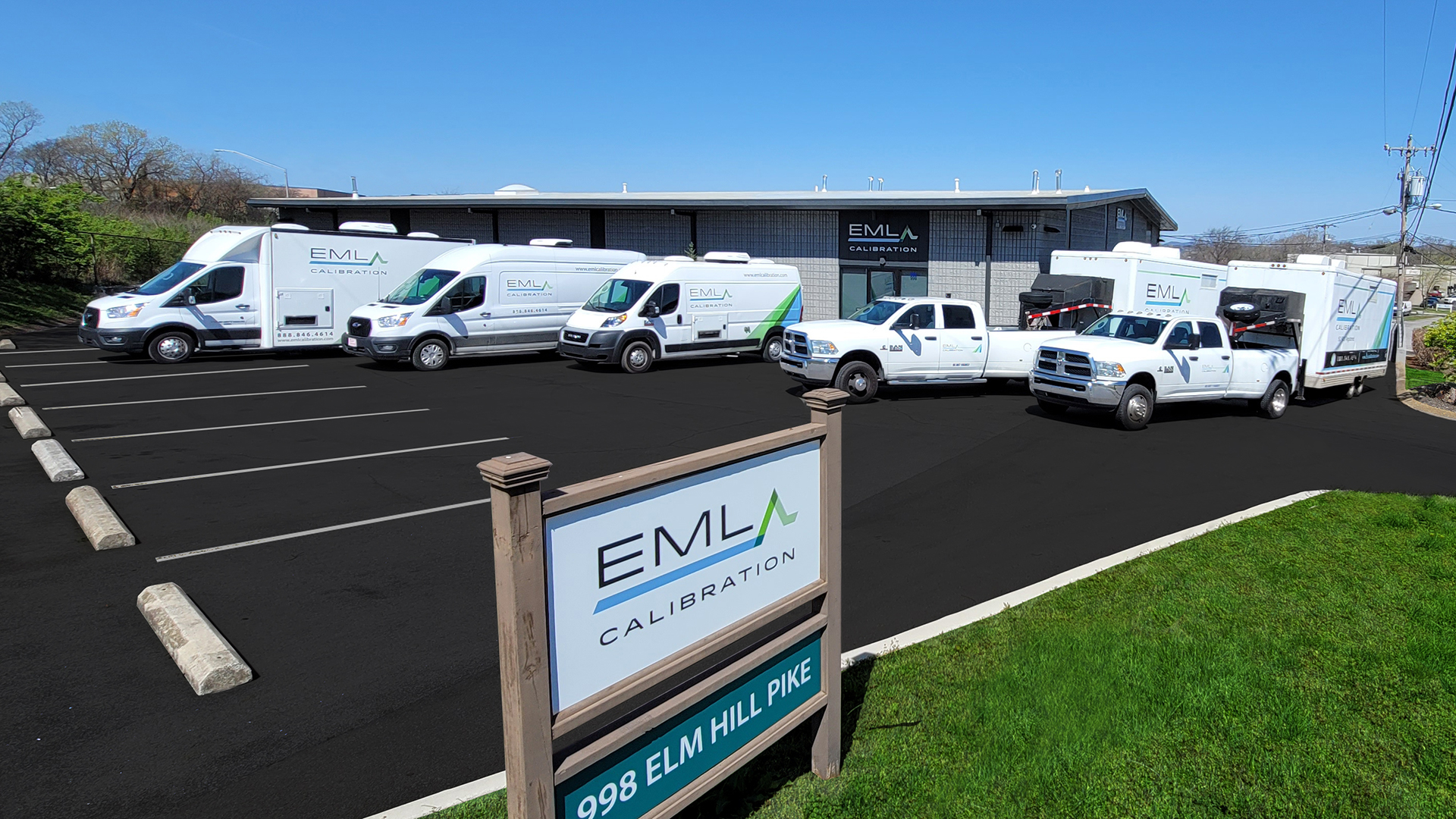Introduction
Calibration is a fundamental part of making sure the accuracy and reliability of measurements in a number fields, from manufacturing to laboratories. It's now not just a technical procedure; or not it's the spine of caliber keep an eye on and coverage. Without exact calibration, how can we consider that our gadgets are presenting excellent readings? This e book ambitions to give a entire realizing of the calibration procedure, breaking it down into digestible steps, so that you can with a bit of luck navigate this obligatory perform.
Understanding the Calibration Process: A Step-by using-Step Guide
What is Calibration?
Calibration refers back to the method of fixing the precision and accuracy of measuring units or devices. By evaluating an instrument's outputs towards commonplace principles, we will be able to recognize any discrepancies and make invaluable transformations.
Why is Calibration Important?
Calibration ensures that resources produce safe effects. Inaccurate measurements can lead to faulty products, safety hazards, and financial losses. Whether in prescription drugs, engineering, or environmental monitoring, having special documents is non-negotiable.
Key Terms in Calibration
Before diving deeper into the calibration task, enable’s familiarize ourselves with a few key phrases:
- Accuracy: How near a measured value is to the authentic importance. Precision: The repeatability of measurements under unchanged situations. Standard: A favourite reference level for assessment all over calibration.
The Different Types of Calibration
Calibration can range radically relying on the device or subject. Here are a few usual sorts:
Mass Calibration Temperature Calibration Pressure Calibration Electrical Calibration Dimensional CalibrationThe Steps Involved within the Calibration Process
Step 1: Identify Instruments Requiring Calibration
Begin by developing an stock of all gadgets used inside your operations that require regularly occurring calibration.
Step 2: Establish a Calibration Schedule
Determine how usually every one device shall be calibrated centered on its usage, brand concepts, and business ideas.
Step three: Select Appropriate Standards
Using country wide or international concepts ensures that your calibration manner adheres to diagnosed benchmarks.
Step four: Perform Pre-calibration Checks
Always conduct initial evaluations to ensure that devices are functioning accurately until now starting formal calibration.
Step five: Calibrate Using Reference Standards
Compare your tool's readings against these from known reference specifications to recognize discrepancies.
Step 6: Document Results
Documentation have to include initial readings, ameliorations made, and closing consequences for long run reference.
Step 7: Implement Adjustments if Necessary
If discrepancies are chanced on for the duration of calibration, make indispensable changes to bring the instrument to come back into compliance.
Tools Required for Effective Calibration
Having the good tools is integral for fine calibration. Common gear incorporate:
- Precision weights for mass calibration. Thermocouples for temperature exams. Pressure gauges for tension dimension.
The Role of Technology in Modern Calibration Processes
Modern expertise has revolutionized how we mind-set calibration. Automated methods can now carry out calibrations with excessive precision and less human intervention.

Quality Assurance in Calibration
Ensuring excellent assurance comprises establishing protocols that observe ISO requisites and other regulatory standards.
Common Challenges within the Calibration Process
Inconsistent Measurement Conditions
Variations in temperature or humidity can have effects on size accuracy for the period of calibration strategies.
Instrument Drift
Over time, tools may perhaps flow from their original settings attributable to wear and tear or environmental elements.
Lack of Documentation
Failing to file approaches and effects can result in non-compliance with regulatory specifications.
Best Practices for Effective Calibration
Regular Training for Personnel
Ensure that crew in contact in calibration undergo favourite practise classes to dwell up to date on leading practices and technologies.
Use of Digital Tools
Embrace electronic treatments corresponding to software packages designed particularly for managing calibration schedules and information.
FAQs About the Calibration Process
Q1: How more commonly need to I calibrate my gadgets?
A1: The frequency relies on a couple of elements which includes usage depth, brand instructions, and business guidelines; sometimes every six months is well-known.
Q2: Can I function calibration by myself?
A2: While universal exams will probably be carried out in-residence by way of skilled workforce, respectable calibration services are instructed for prime-precision appliance.
Q3: What's the rate fascinated in legitimate calibration?
A3: Costs vary extensively headquartered on tool kind but are expecting at any place from $one hundred to various thousand cash relying on complexity.
Q4: What occurs if I don’t calibrate my gadgets?
A4: Failure to calibrate might induce faulty measurements most excellent to pleasant topics or safety hazards.
Q5: Is there an accreditation physique for calibration prone?
A5: Yes! Many countries have accrediting our bodies like ISO/IEC 17025 which guarantees labs meet confident standards involving their trying out skills.
Q6: What documentation do I want put up-calibration?
A6: You needs to care for information along with beyond calibrations, adjustment details, familiar deviations saw in the time of trying out periods, and the like., as they may be required by regulatory businesses or auditors.
Conclusion
Understanding the calibration approach is necessary now not simplest for sustaining compliance yet additionally for making certain first-rate throughout diverse industries. By following this step-by-step information—spanning from deciding what desires calibrating the entire way via documenting your findings—you'll NIST load cell calibration be effectively-capable to navigate this relevant thing of operational excellence. Remember that constant tracking and updating practices will yield lengthy-time period benefits in accuracy and reliability. So gear up! Your tour in the direction of gaining knowledge mechanical calibration of the artwork of calibration starts right now!
This based method offers readability at the same time as making sure a radical realizing—empowering you with the two skills and self belief as you interact with this very important practice continuously referenced right here at some stage in "Understanding the Calibration Process: A Step-through-Step Guide."